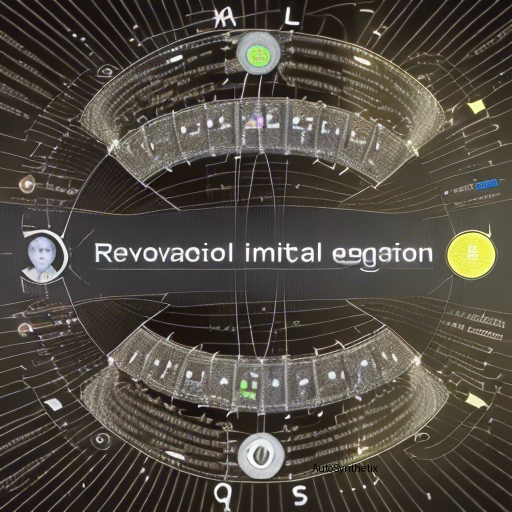Introduction
The rapid advancements in artificial intelligence (AI), particularly within the realm of natural language processing, have opened up new horizons for automating complex knowledge domains such as medicine. A recent study published by researchers delves deeper into leveraging large language models' capabilities towards classifying multichoice medical query datasets, paving the way for groundbreaking progress in healthcare-focused automated systems.
Large Language Model Approach to Medical Subject Discrimination
In today's interconnected world where vast repositories of textual data abound, training advanced machine learning algorithms becomes increasingly feasible. Consequently, these 'gargantuan linguistic constructs', also known as large language models or transformers, exhibit remarkable performance when handling intricate patterns found in human languages. One prime example being OpenAI's GPT-series, demonstrating unprecedented prowess at generating coherent texts across various topics.
This research aims to explore how powerful pretrained Transformer architectures could potentially revolutionize medical subject discrimination using multiple choice question datasets. By harnessing large language model's inherent strengths in understanding context from diverse sources, scientists hope to elevate current approaches in tackling similar challenges in healthcare settings.
Experimental Framework & Results
To validate their hypothesis, the team employed a novel approach named "Multiquestion Sequence BERT" (or MQS-BERT). Their strategy involved fine-tuning a pre-existing architecture called RoBERTa—an optimized version of BERT designed specifically for more efficient downstream NLP applications. They then applied this refined system onto a widely recognized benchmark dataset termed 'Medical Multi-Choices Questions Answering Dataset' (MedMCQA).
Through rigorous experimentation, they observed significant improvements over existing methods commonly deployed in comparable scenarios; achieving astounding accuracies of 0.68 on development set and 0.60 on its respective testing counterpart – a clear indication that AI has matured sufficiently enough to handle nuanced aspects associated with specialized areas like medicine.
Conclusion & Future Prospects
With every successive stride taken toward incorporating AI into realms previously deemed untouchable due to complexity or sensitivity, humanity moves closer to realizing a future brimming with intelligent assistants capable of navigating even the most arduous fields effortlessly. The work described above signifies another milestone achieved along this pathway while emphasizing the potential held by large language models in reshaping paradigms surrounding medical classification problems.
As we continue venturing further into uncharted territories, one thing remains certain — the merger of cutting edge technologies like large scale pretraining techniques combined with profound domain expertise will undoubtedly lead us towards unlocking immense possibilities heretofore considered inconceivable. Our collective efforts in fostering collaborative symbioses between mankind's intellectually engineered creations and nature's grand masterpiece, the human brain, shall propel us forward into an era defined not just by survival but thriving amidst ever increasing intellectual frontiers. |>
Source arXiv: http://arxiv.org/abs/2403.14582v1
